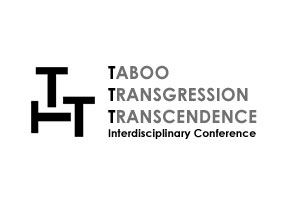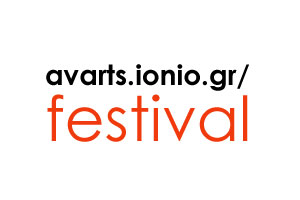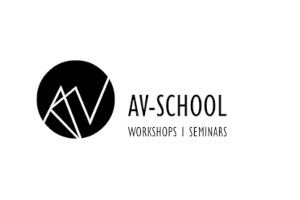The creation of digital repositories for educational purposes frequently encounters a fundamental tension between the computational logic of developers and the pedagogical and aesthetic aspirations of educators and researchers. This paper critically examines these tensions through the lens of the Erasmus+ VOLARE project (“Voice Lab Repository: Experiences, Tools and Inclusive Methodologies for Minority, Migrant and Refugee Education”, https://volare-project.eu/), which seeks to curate video testimonies of displaced individuals within a multimodal digital repository. While such repositories are often conceived as neutral platforms, their underlying structures—designed for efficiency, categorization, and standardization—can paradoxically undermine the very principles of immersion, emotional engagement, and critical reflection that video testimonies of displacement are meant to evoke.
In educational contexts, particularly those involving digitally mediated distance learning, the challenge is twofold: first, to resist the rigid taxonomies and archival logic that prioritize searchability over narrative depth; and second, to design a space where users do not merely consume testimonies but are invited into a process of thinking, feeling, and reflecting. The logic of most digital infrastructures privileges discrete data points over lived experience, flattening testimonies into retrievable, indexed units rather than aesthetic and affective encounters. By contrast, the pedagogical objective of teaching about displacement through video testimonies requires a different epistemology of digital engagement—one that fosters empathy, resonance, and relational understanding rather than mere information retrieval.
Drawing from anthropological methodologies and ethnographic film studies, this paper explores how digital platforms can be reimagined as immersive, emotionally affective spaces rather than mere repositories of information. We argue that an effective pedagogical digital space must allow for temporal, aesthetic, and sensory disruptions—moments where the user is not simply navigating an interface but is confronted with the complexity and emotional weight of displacement. The challenge, therefore, is not only a technical one but an epistemological and ethical one: how to construct a digital repository that resists the seductive ease of algorithmic compartmentalization and instead cultivates a “listening” digital architecture, where users engage with testimonies in ways that foster compassion, discomfort, and ethical reflection.
Furthermore, we critique the implicit assumptions embedded in digital educational tools, which often reflect an instrumentalist logic of learning—emphasizing metrics, progress tracking, and modular engagement. Teaching displacement through testimonies, however, demands an approach that is nonlinear, dialogical, and affectively unsettling. Video, as a medium, has the potential to convey embodied presence, voice, and memory in ways that text-based data cannot. Yet, when integrated into standardized e-learning environments, it risks being dislodged from its emotional and historical context, reducing testimonies to didactic content rather than lived experience. The curation of multimodal instructional material, appropriate for the contextualization of each video, serves the purpose of maintaining the voices of displaced persons at the forefront while offering several layers of cultural information for pedagogical use.
This paper draws on the design process of the VOLARE Digital Repository and proposes alternative design principles for digital repositories that serve not just as archives of testimony but as curated experiences. Drawing from experimental documentary theory and participatory media practices, we advocate for designing friction into digital learning environments—spaces that encourage users to pause, dwell, and be unsettled. By challenging the default infrastructures of digital platforms and placing emphasis on their aesthetic architecture, we can reimagine them as spaces of encounter, rather than efficiency, fostering a pedagogical experience and a methodological proposition that is as much about emotional and ethical engagement as it is about knowledge acquisition.
Keywords: Digital Pedagogy, Testimony, Displacement, Emotional Engagement, Digital Infrastructure, Aesthetic Immersion, Anthropology of Education
Back





